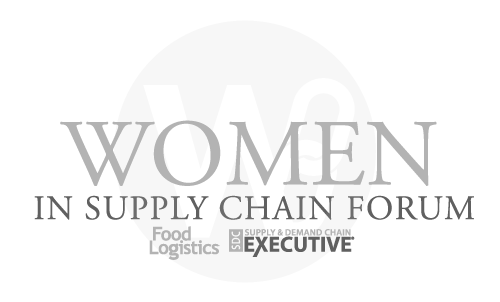A recent study by the Federal Reserve Bank of Dallas reveals that the anticipated surge in nearshoring to Mexico remains largely unrealized. The study, authored by Enrique Martínez García, Luis Torres, and Manuel Sánchez, examines Mexico’s foreign direct investment (FDI) trends and highlights the slow progress of nearshoring initiatives.
Key Findings:
- Lagging Foreign Investment: While domestic investment and reinvested earnings from foreign-owned firms have grown, large-scale foreign capital inflows have not materialized as expected. In fact, new FDI inflows have declined since 2022, reaching a 10-year low despite an initial post-pandemic spike.
- Shifting Nearshoring Models: Companies are increasingly relying on asset leasing and management services offered by shelter companies rather than making direct investments. Mexico’s service exports related to “other business services” have doubled from 0.25% of GDP in 2017 to 0.5% in mid-2024, indicating a modest rise in alternative nearshoring approaches.
- Export Trends:
- Mexico’s export growth to the U.S., fueled by trade diversion from China, has slowed since 2022.
- The U.S. now accounts for 83.1% of Mexico’s exports, up from 81.4% two years ago, reflecting reduced export-destination diversification.
- Chinese inputs are increasingly integrated into Mexican exports, hinting at deeper logistical ties between the two nations.
The study, part of the Dallas Fed’s new Global Institute, explores the complexities of global trade and its impact on U.S. monetary policy. The institute focuses on international trade, capital flows, and migration, with a particular emphasis on the U.S.–Mexico relationship.
“The Global Institute seeks to be a vital resource for understanding the evolving global economy and its implications for monetary policy,” the Dallas Fed stated. Positioned strategically within the Eleventh District, the institute leverages the Dallas Fed’s expertise to explore these critical issues.
While the vision of nearshoring to Mexico remains promising, substantial foreign investment and production capacity expansion have yet to follow. The Dallas Fed’s Global Institute will continue to monitor these trends and their broader implications for trade and economic policy.














